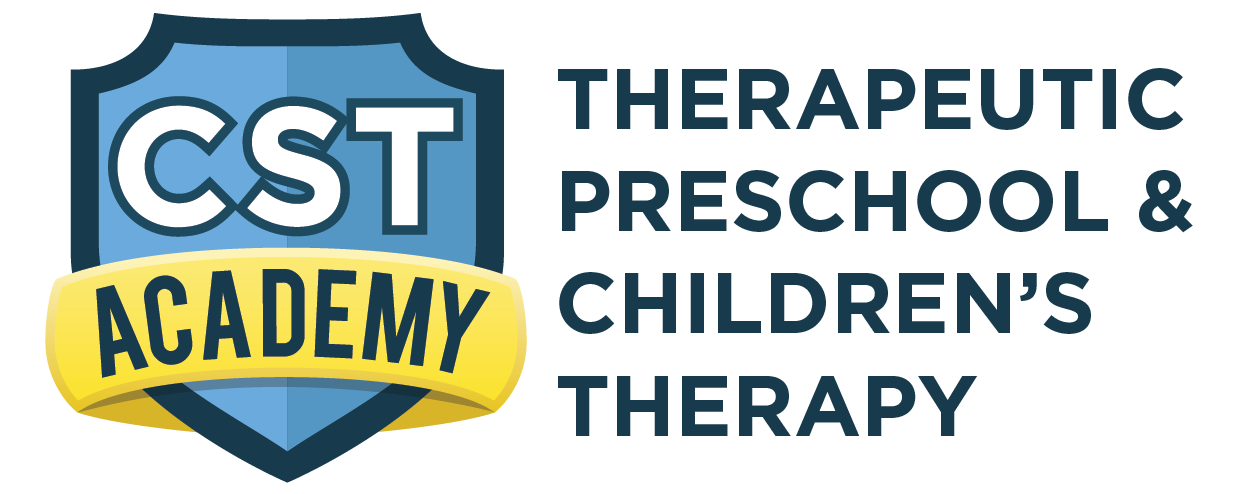At CST Academy, a therapeutic preschool dedicated to supporting children with autism, we often embrace unconventional methods to promote growth and development. One such method is encouraging children to play with their food. While it might seem messy, there are numerous developmental benefits tied to this sensory-rich activity. Let’s explore why sensory play, particularly with food, is not only permissible but beneficial for children with sensory issues.
Understanding Sensory Processing Issues
Children with autism often experience sensory processing disorders, which means they might find sensory input — like the texture, smell, or color of food — overwhelming. This can lead to difficulties with eating, as well as challenges in handling various textures and types of stimulation. Sensory play with food allows these children to explore these textures in a non-stressful, playful environment.
Benefits of Playing with Food
- Enhances Fine Motor Skills: Manipulating food items, such as squishing soft fruits or arranging vegetable sticks, helps develop fine motor skills and hand-eye coordination. These are crucial skills that benefit other areas of learning and daily activities.
- Promotes Sensory Integration: Playing with food can help desensitize children to textures they might otherwise find distressing. This repeated, controlled exposure in a fun setting can decrease sensitivity over time, making eating and other sensory experiences more manageable.
- Encourages Exploratory Learning: Sensory play introduces an element of curiosity and exploration. It provides a safe space for children to experiment with different senses including smell, taste, touch, and even sight, enhancing cognitive development through discovery.
- Supports Language Development: Discussing what they’re feeling and seeing while playing with food can help children expand their vocabulary and improve communication skills. Describing textures, actions, and emotions associated with sensory activities builds language proficiency.
- Fosters Emotional Regulation and Social Skills: For many children with autism, engaging in sensory play with peers can also promote social interactions and emotional connections. It can be a communal activity that fosters sharing, turn-taking, and understanding social cues through group play.
Integrating Food Play into Daily Routines
At CST Academy, we integrate sensory play with food into our daily routines using structured playtimes and specific activities designed to make these interactions as beneficial as possible. We ensure a safe and controlled environment, where children can explore without the pressures of mealtime expectations, thus reducing anxiety associated with eating.
Allowing children with autism to play with their food isn’t just about letting them make a mess; it’s a strategic approach to therapy that addresses several developmental challenges associated with sensory processing disorders. At CST Academy, we’ve seen firsthand how this playful learning can support a child’s growth across multiple domains. We continue to advocate for and implement evidence-based, child-friendly practices that support our students in the most engaging and effective ways possible.
For parents interested in learning more about how sensory play can benefit their child, or for educators seeking effective strategies in their teaching, CST Academy remains a resource dedicated to advancing understanding and practical solutions in the realm of autism education.













